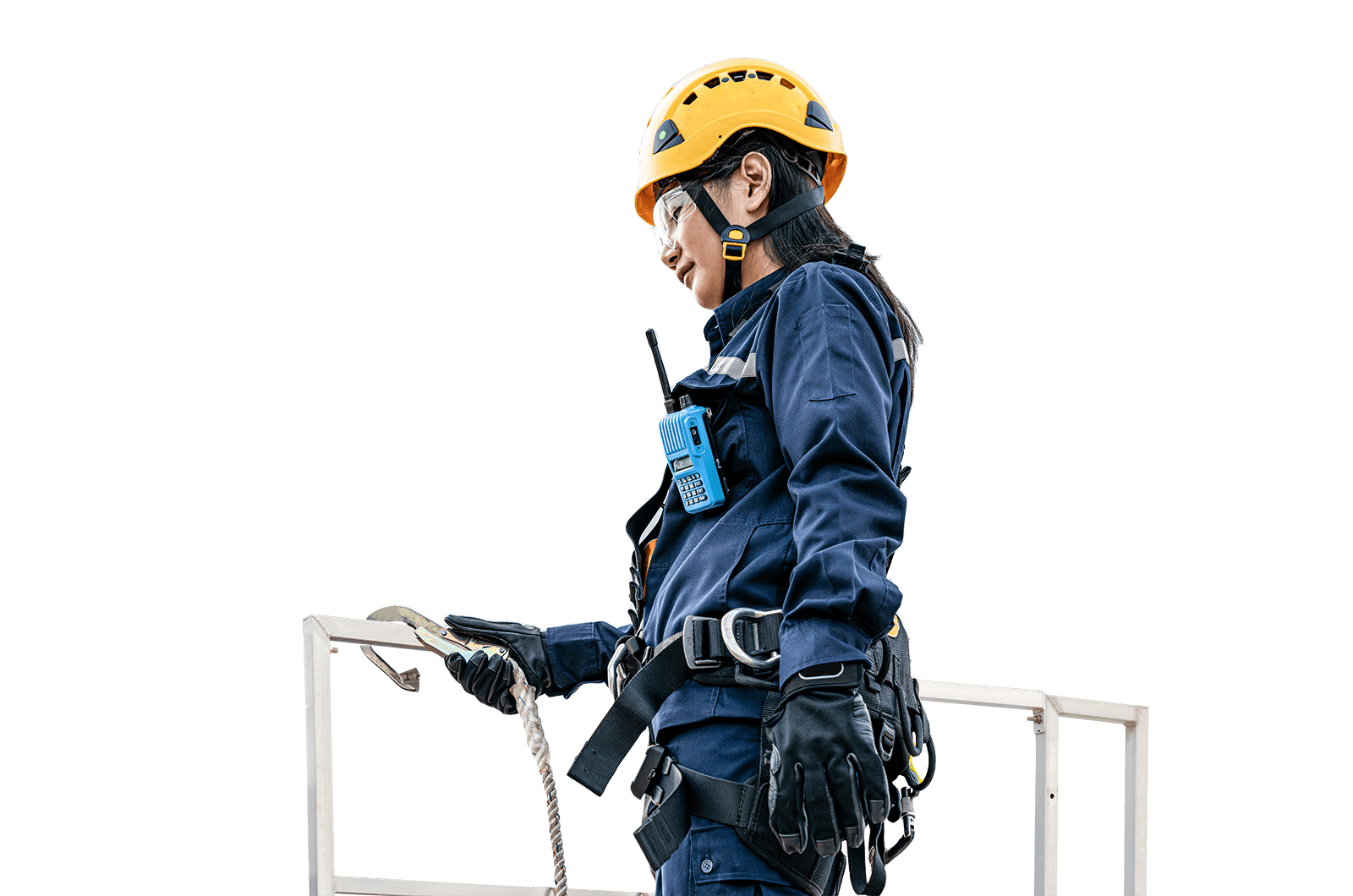Dye Penetrant Inspection (DPI) is widely used to detect surface breaking flaws.
This non-destructive testing technique, also known as liquid penetrant inspection (LPI), is a cost-effective method used to locate surface breaking flaws such as cracks, porosity, laps, seams and other surface discontinuities. Dye penetrant inspection can be applied to both ferrous and non-ferrous materials and all non-porous materials (metals, plastics or ceramics).
It is commonly used to detect defects in castings, forgings and weldments. Intertek works with all industry sectors including aerospace, power generation, petrochemical and oil and gas, and we can provide dye penetrant inspection on-site at our customer’s premises or at our accredited laboratories. In the laboratory, dye penetrant inspection is particularly suitable for the inspection of batch quantities of machined parts, and components up to one tonne in weight and two metres in diameter can be accommodated at our UKAS-accredited laboratory in the UK.
The method is also useful for testing on-site as it is portable, and when applying certain techniques such as visible colour contrast there is no need for additional resources such as electricity or water. This makes it a highly convenient for inspecting surface discontinuities.
The tested item is cleaned first before the penetrant is applied by dipping, spraying or brushing. The penetrant is given time to soak into any defects, the penetration time dependent on the chosen penetrant and customer requirement.
Afterwards, the excess penetrant is removed and the component is dried depending on the process used. Then a developer is applied. The developer helps to draw the penetrant out of the flaw and onto the surface to form a visible indication. A visual inspection is then performed by the inspector under ultraviolet or white light, depending on the type of penetrant used (fluorescent or visible colour contrast).
Penetrants are classified by their sensitivity levels and, when selecting a penetrant, factors such as environment under which the test is to be performed, surface finish, size of defects sought and size of test piece are considered.
Our Total Quality Assurance techniques for dye penetrant inspection include:
- Visible solvent removable
- Water washable
- Post emulsifiable
Intertek’s well qualified personnel hold a minimum of Level II in PCN, ASNT or NAS410, and are highly experienced in performing dye penetrant inspection.
By choosing Intertek for dye penetrant inspection, we can offer you a fast reaction, round-the-clock testing as well as a regional collection and delivery service. We can provide the inspection service that will ensure your products or equipment is fit for purpose and meets national and international standards in today’s highly regulated markets.
